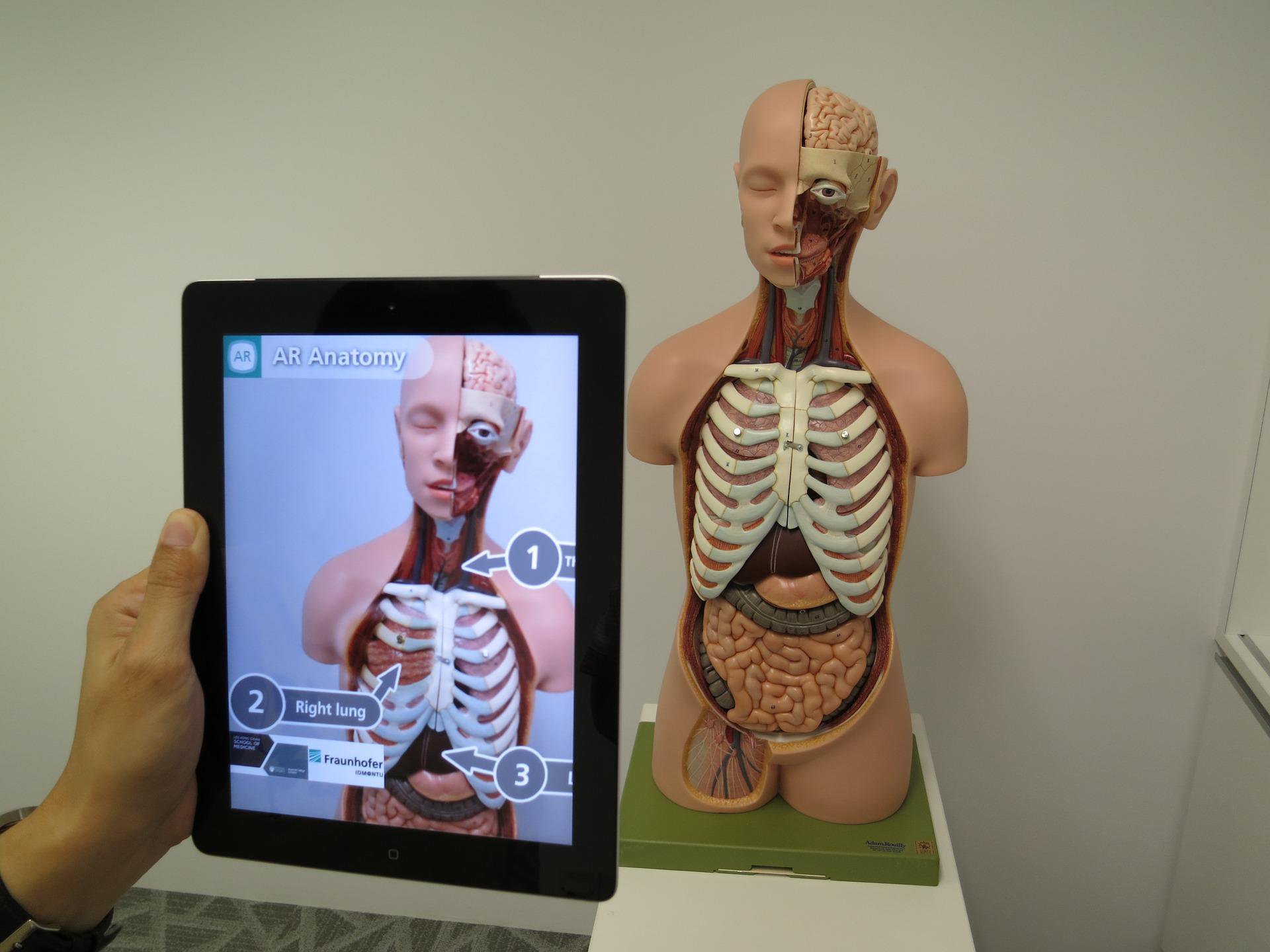Metaverse E-commerce is The Future: Here’s Why

The term “metaverse e-commerce” might sound like something straight out of a science fiction novel, but it’s a lot closer to reality than you might think. In fact, headline-grabbing technology like cryptocurrency, NFTs, augmented reality (AR) and volumetric video offer some clues as to what online commerce might look like in these emerging virtual spaces. Building on these technologies, there are plenty of companies bringing real-world shopping experiences into virtual worlds on our computers and smartphones.
Still not sure what metaverse e-commerce is? Well, the arrival of virtual spaces – where humans are represented as digital avatars – heralds the next evolution of e-commerce. It is poised to change the ways in which companies can make money from online retail, while also empowering customers to make more informed purchases, thanks to these immersive and realistic virtual experiences.
The idea of online retail in the metaverse is still in its infancy, but here are the current technologies that will prove invaluable to metaverse e-commerce, and why volumetric video is the key to it all.
A technological revolution
We may be discussing metaverse e-commerce as something that is coming soon, or will be available in the “near future,” but most of the technology that will make it possible is already here and widely used by companies and consumers. For example, take cryptocurrency. Its unregulated volatile nature makes it unpredictable, but it offers the opportunity to create a secure digital currency that can be spent in the metaverse on real-world items. That’s bound to make shoppers feel better about spending their hard-earned money in cyberspace.
Could NFTs, a similarly debated technology, offer the opportunity for creatives to monetize their work in the metaverse? Imagine virtual galleries or auction houses, where consumers can bid for the ownership of unique digital creations. Those items could then be added to a consumer’s own virtual display or sold to other inhabitants of the metaverse. There is a potential that it might even open up a whole new revenue stream for digital artists and creators.
From Snapchat filters to video games, XR technology is everywhere right now. AR gives us the opportunity to blend the real and virtual worlds together by using our cameras to overlay 3D graphics on top of what we’re seeing. When it comes to e-commerce, the opportunities are impossible to ignore. Shoppers could point their phone’s camera at an item of clothing in a store and see details like a price history, customer reviews and more, all floating in the air above it. Holographic digital avatars created using tools like Holosuite could even provide shoppers with product demonstrations as you shop.
Some world-renowned companies are already making great use of AR technology to boost their e-commerce revenue. IKEA’s Place app, for example, lets shoppers use their smartphone to place a product in their home to help them to decide if it's the right purchase or not. These digital assets are so realistic that they can even interact with the lighting in your home.
Of all these intriguing new technologies, none offers more exciting possibilities for the metaverse than volumetric video. The increasing prevalence of LiDAR cameras means that one day soon, anyone with a smartphone might be able to record themselves using LiDAR, creating a full image with depth. Then with a tool like HoloEdit and some AI techniques, they could create a 3D character that can inhabit the metaverse. This realistic digital avatar could test out products, try on new outfits, and maybe even design your next home. The sky's the limit.

Leading the charge
Several innovative companies are already using volumetric video technology to revolutionize e-commerce in the fashion industry. Wouldn’t online shopping be so much easier with your very own digital assistant to help you? Sure, chatbots and similar tools have been around for a while, but they can’t hold a candle to an AI-powered 3D avatar helping you to make informed purchases. Imagine having a virtual assistant pull up a few jacket options based on your personal style, then watching a realistic digital version of yourself try it on. It’d be like having your very own wardrobe department at the tap of a screen.
Japanese fashion brand ANAYI took a big step toward this in 2021 when it used Arcturus’ HoloSuite to conduct an exciting experiment. The first-of-its-kind trial featured a collaboration between ANAYI and Crescent Studios, one of Japan’s top production companies. Crescent also happens to be the owner of the world’s largest volumetric studio, and a partner of Arcturus. Together ANAYI and Crescent volumetrically captured 19 items from ANAYI’s 2021 Spring/Summer collection, with precision cameras capturing every possible angle of the models displaying each garment. The data was then edited using HoloEdit, and streamed to the ANAYI website using HoloStream. That gave shoppers on the website a set of controls, allowing them to see the model move from any angle, while smartphone users could see a holographic 3D model thanks to web-based AR technology.
Experiments like ANAYI’s reveal volumetric video’s potential to capture the world around us, and use it to make the virtual world more accessible. ANAYI and Crescent didn’t need to invest large sums of money into hundreds of CG artists to create a realistic digital human. They simply filmed the real performance with all its subtleties intact. Imagine the possibilities for the fashion industry and beyond.
Map of the future
You might be asking yourself, how do we go from successful experiments like ANAYI’s to a world where using volumetric video to boost metaverse e-commerce is standard practice for companies and consumers everywhere. Well, surprisingly little needs to happen. Tools like Acturus’ Holosuite products are already making volumetric capture far more accessible to companies and creators of all sizes, bypassing some of the technical challenges it presents.
One of the issues that has stunted the growth of volumetric video is file size, and traditional capturing performances from every angle used to result in an enormous and unwieldy amount of data. That changed with HoloEdit, which lets users efficiently edit and compress the volumetric video down to a more manageable size, without compromising the quality. Once the file is ready, HoloStream’s adaptive streaming capabilities are what allowed projects like ANAYI’s to stream interactive videos across various devices using an adaptive bitrate that ensured a consistent level of quality, similar to the tools the streaming giants use to make sure that bandwidth doesn’t dictate the quality.

Next stop: the metaverse
When you add these innovations to the continued development of LiDAR cameras that negate the need for multiple camera setups, you have everything you need to capture complex performances volumetrically and use them to inhabit the metaverse. Suddenly it all sounds less futuristic, doesn’t it?
Shoppers could potentially use their own digital avatars to design products of all kinds, from fashion to furniture, kitchen implements to musical instruments. When you combine this with recent developments like same-day delivery, sophisticated websites and made-to-order products, you’re as close as possible to Star Trek’s Replicator machines. Just click a few buttons and your product is there.
With all this in mind, it’s increasingly likely volumetric video technology will become as every day as Instagram filters and video effects. The fashion industry may be the first to embrace it as it continues to evolve its approach to e-commerce, but the rest of the world won’t be far behind. Perhaps it’s time to stop asking what metaverse ecommerce is, and start asking what it isn’t.